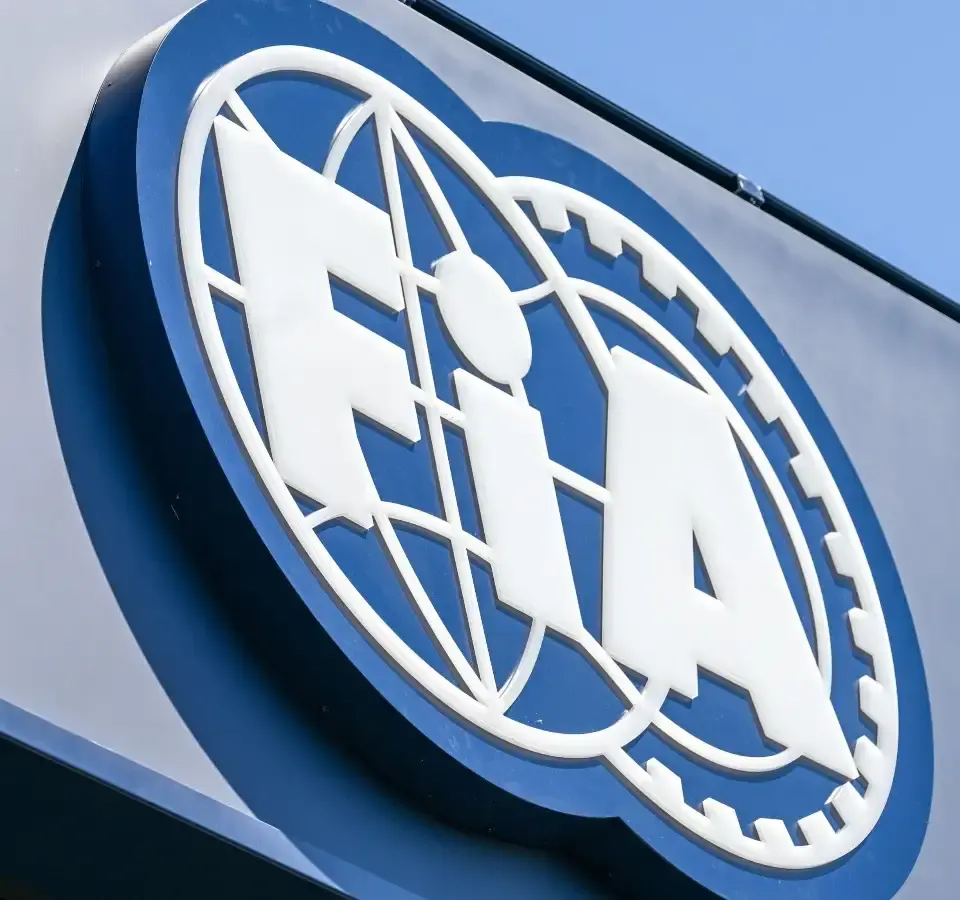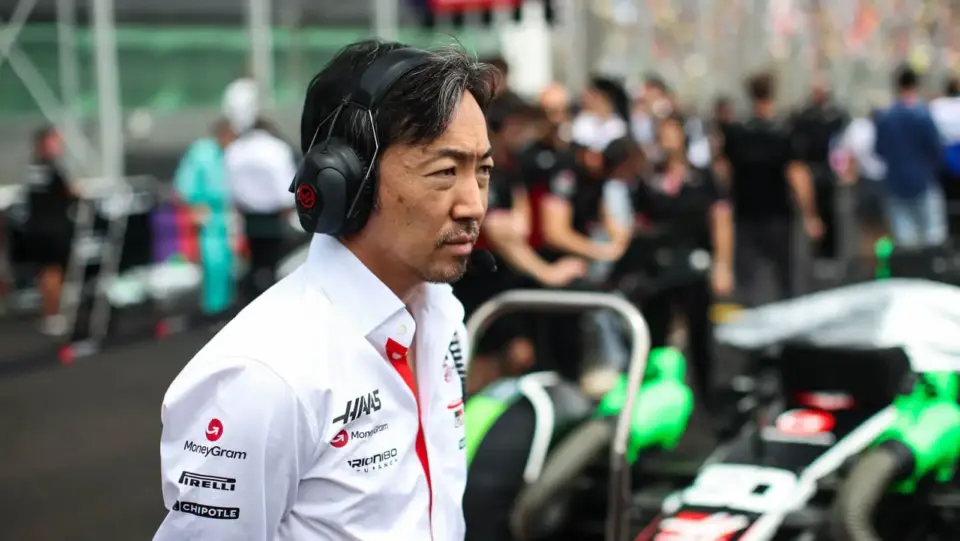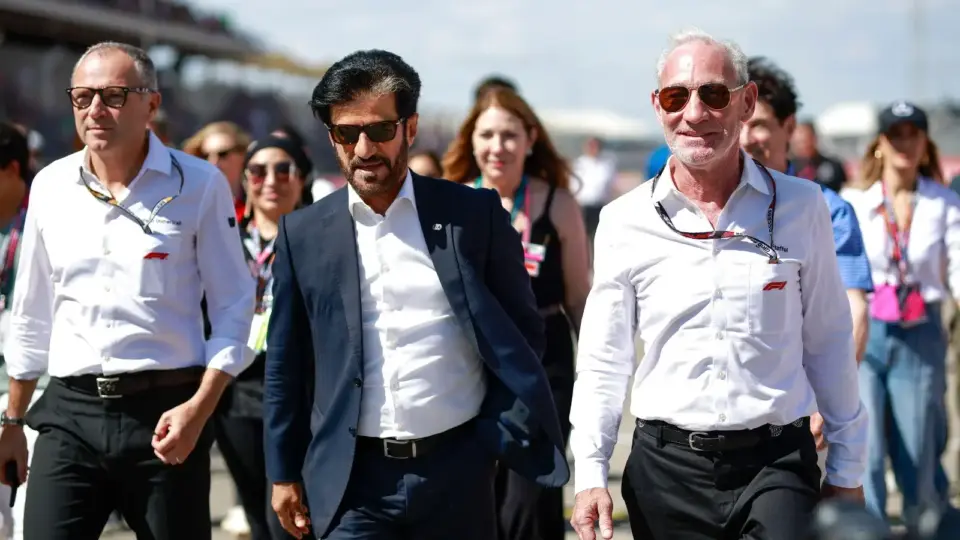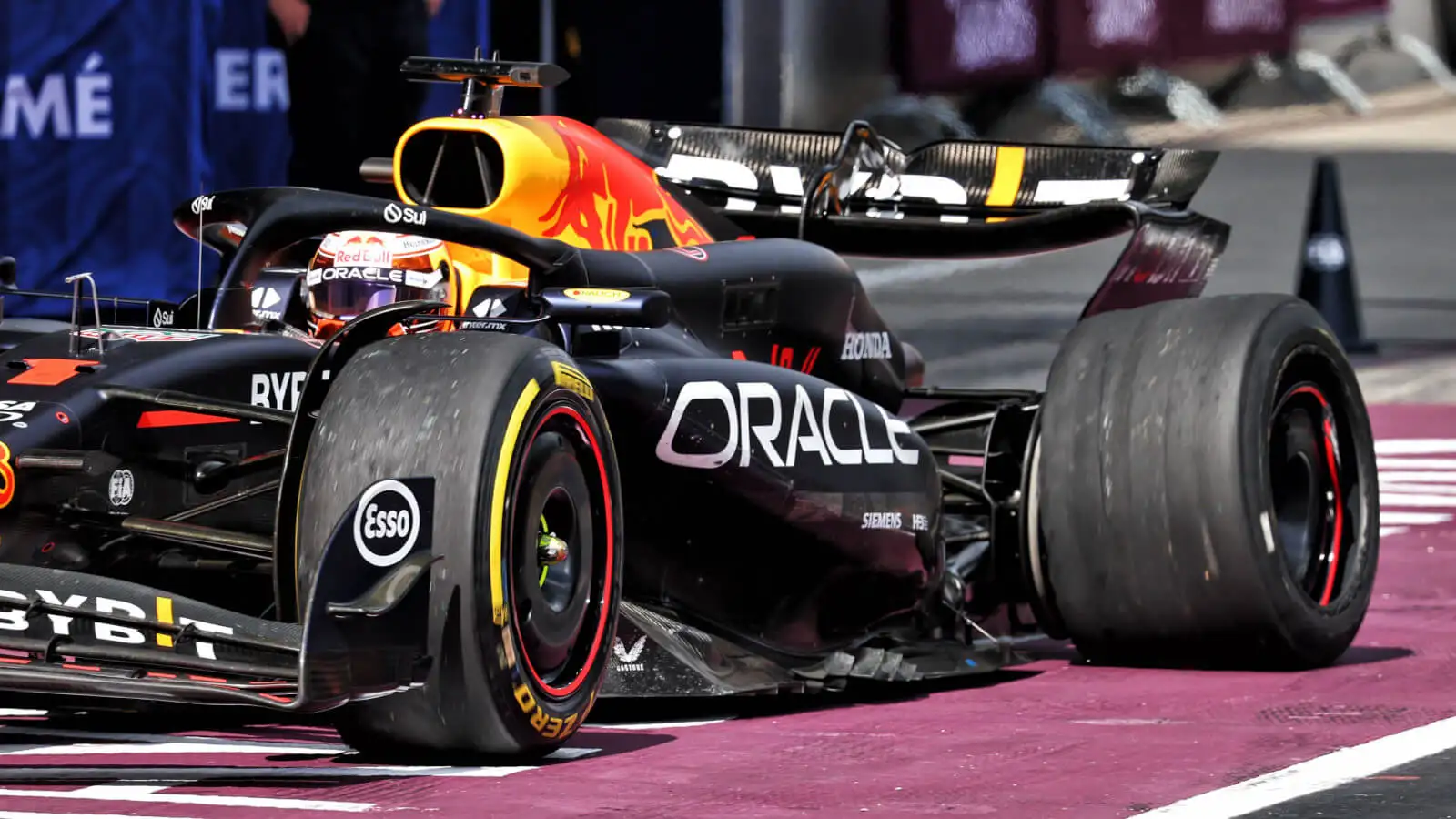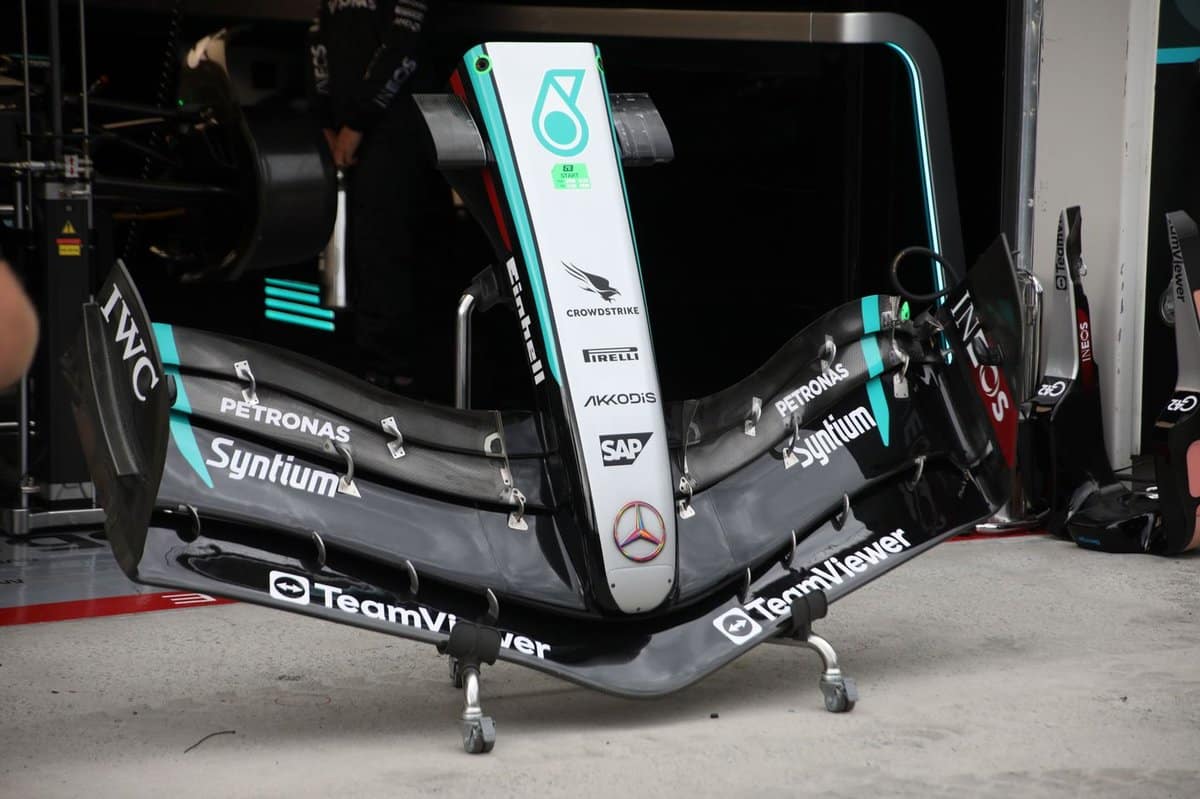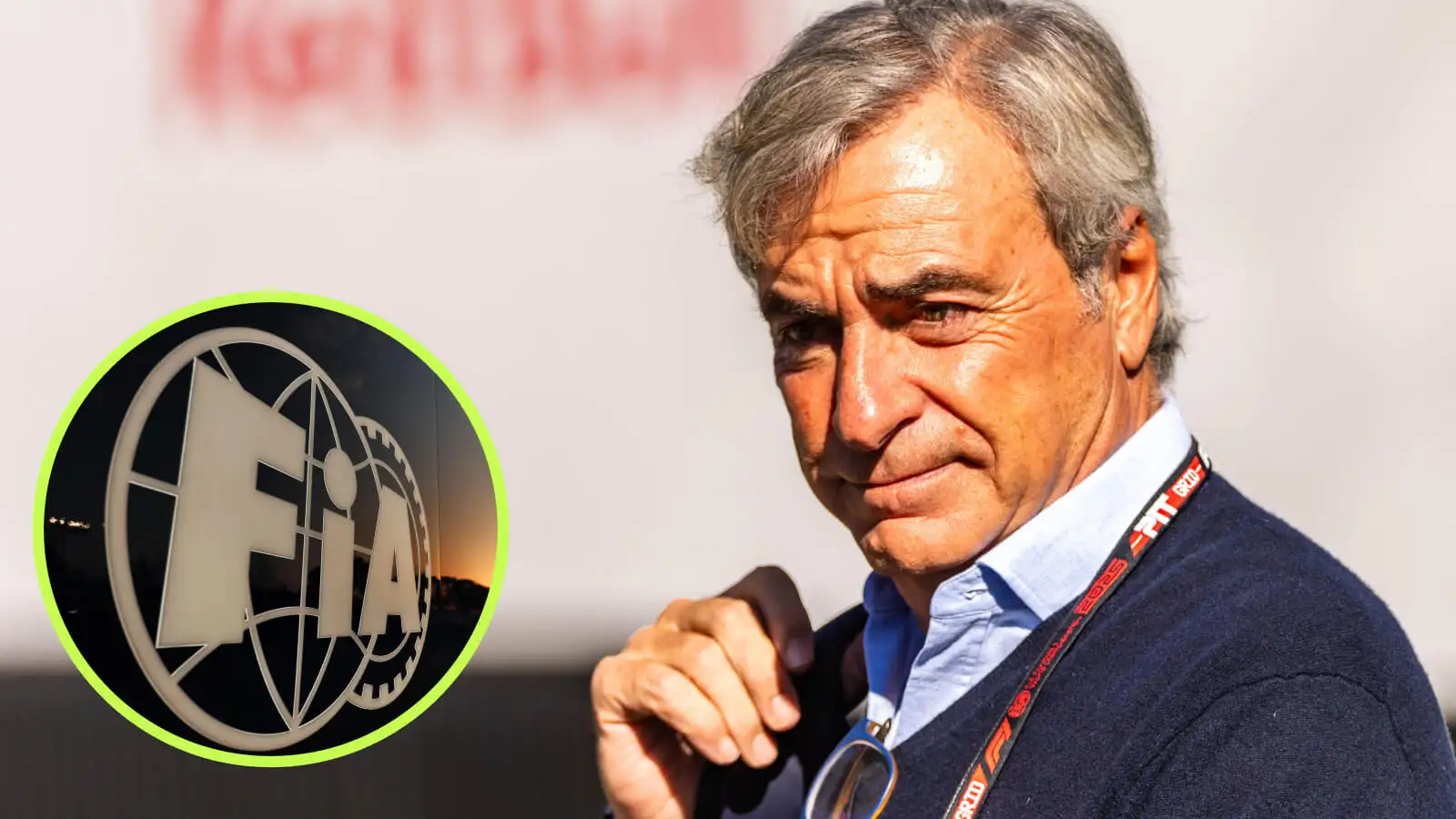The stage is set for a thrilling transformation in Formula 1 as we head towards 2026. With groundbreaking changes anticipated, fans and teams alike are on the edge. The FIA has just dropped some significant updates. Let’s dive into what these changes mean for the future of racing.
From groundbreaking technology to rookie sprint races, these shifts promise to radically alter the landscape of F1. Strap in as we explore the updates that will shape 2026 and beyond. There’s a lot to unpack, including substantial regulation changes and exciting innovations.
A New Dawn for F1: 2026 Regulations
The 2026 season marks a new dawn in Formula 1, presenting revolutionary technical regulations. The FIA revealed their ambitions for a redesigned car concept that promises smaller, lighter, and more efficient vehicles. The engines will balance electrical power and sustainable biofuels, aligning with modern environmental goals.
The FIA is confident that these regulatory changes will deliver the expected performance levels at the start of the 2026 season. The feedback from the previous technical discussions suggests a smooth transition towards achieving these objectives. The teams seem optimistic, anticipating improved dynamics and competitive performance.
Rookie Sprint Takes a Backseat but Not Forgotten
The much-anticipated rookie sprint races won’t make an appearance just yet. Initially expected post-2024, they’ve been postponed to 2026. Discussions are ongoing, and there’s hope these races will highlight new talent soon.
The delay doesn’t dull the excitement. F1 aims to use 2026 as a springboard for fresh talent. Watch out for further announcements on how these sprints will integrate into the current race weekend format.
Inclusion and Diversity in F1
In a move towards inclusion, the FIA is revising sporting regulations, embracing gender-neutral language. This change highlights the sport’s commitment to diversity.
The inclusive language is one of several initiatives designed to modernize F1’s cultural approach.
This shift indicates a broader industry trend, seeing F1 champion inclusivity and diversity across all levels of the sport. It’s a step that aligns with global moves towards equality, representation, and respect.
Strengthening Financial Regulations and Confidentiality
Financial scrutiny is tightening. The Commission is considering measures to enhance confidentiality during investigations. These changes aim to uphold integrity and fair play across the sport.
Financial regulations are evolving, and sustainability-related costs will see more flexibility. These adaptations reflect an ongoing effort to adapt to economic and environmental challenges.
It’s a forward-thinking approach aiming at maintaining competitive balance while ensuring financial transparency and environmental responsibility.
Immediate Changes Ahead of 2026
Even before 2026, fans should expect some immediate updates, especially concerning driver safety. A new cooling kit for drivers will roll out in 2025 during high-heat races, enhancing safety and performance.
To minimize risks akin to those at the Brazilian Grand Prix, procedural updates will ensure safer, more organized races. These improvements pave the way for better experiences for drivers and fans alike.
Technological Innovations: The Future is Now
The future feels closer than ever with the FIA’s latest technological endorsements.
Advanced technologies are advancing quickly to meet evolving racing standards. Their rapid integration into F1 promises even more exhilarating races.
Expect to see significant tech-driven changes shaping the logistical and competitive aspects of F1 by 2025, setting the stage for what’s to come.
How Will These Changes Affect Teams and Drivers?
Adapting to the new rules will be a challenge, but it’s one that teams are eager to meet. Navigating these changes, drivers must embrace new strategies and car dynamics.
Smaller, more nimble cars may change driving styles, requiring adaptability and skill. The new power units demand both efficiency and agility.
There’s a clear need for intense preparation and teamwork. Staying ahead in such a competitive field will require dedication and innovation from all stakeholders.
Key Dates and Expectations Leading to 2026
The countdown to 2026 has begun. Teams and fans look forward to several milestones as regulations evolve.
As these changes unfold, expect rigorous testing phases where feedback will shape final adjustments.
2026 is not just a date but a destination towards which every participant in F1 is accelerating, eager for a new era of racing.
As F1 steers into a transformative phase, the upcoming changes promise a riveting future brimming with possibilities. The 2026 regulations illustrate a bold step forward.
Fans can anticipate an era where innovation meets performance, redefining what it means to race in the pinnacle of motorsport. The excitement is palpable as we proceed through these dynamic shifts.
